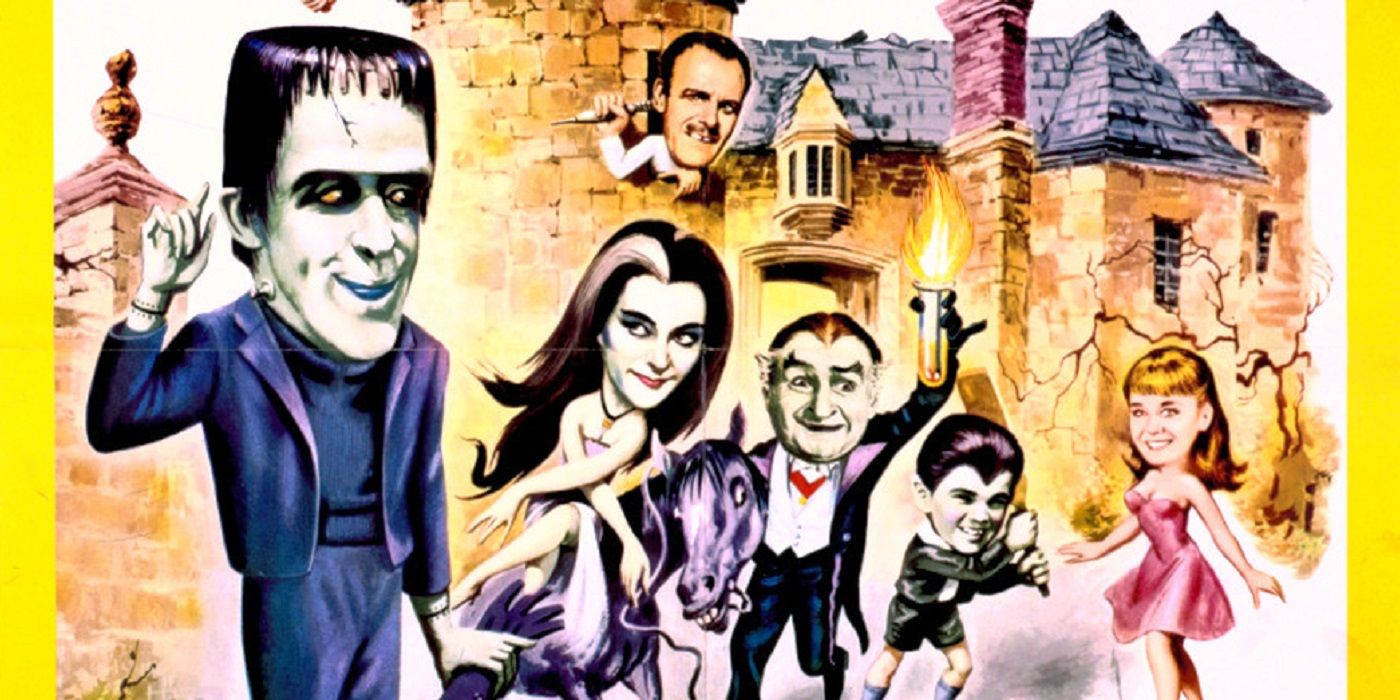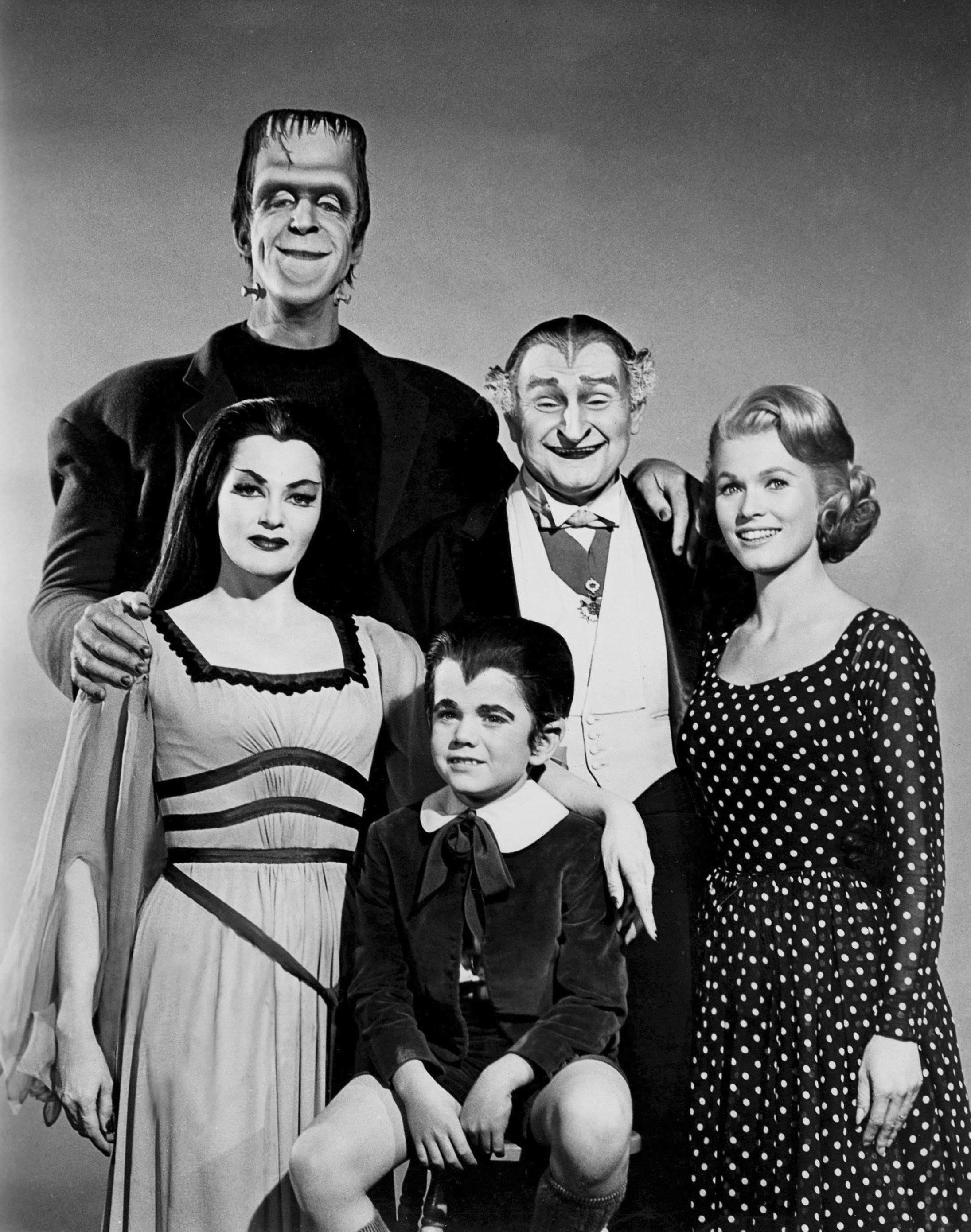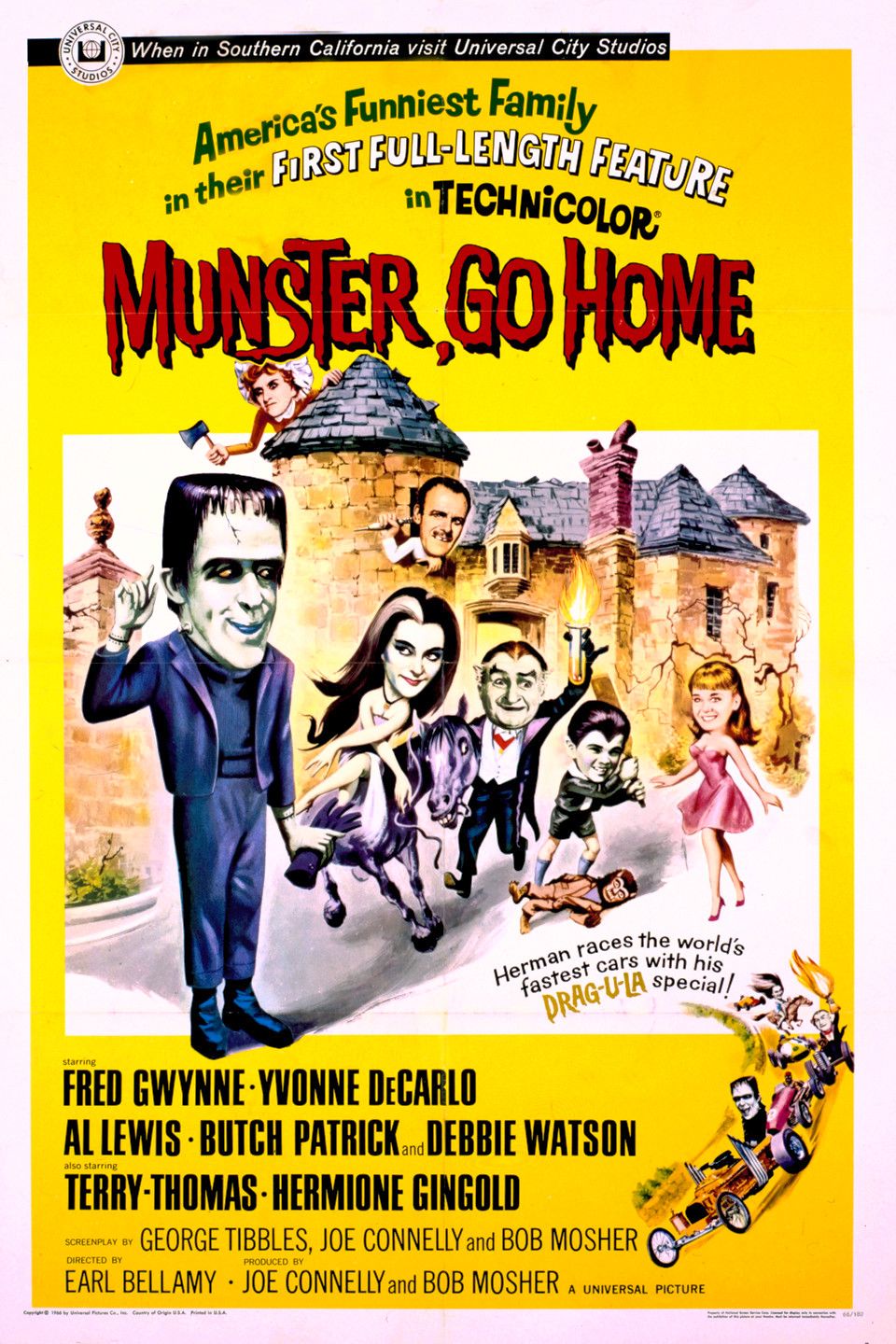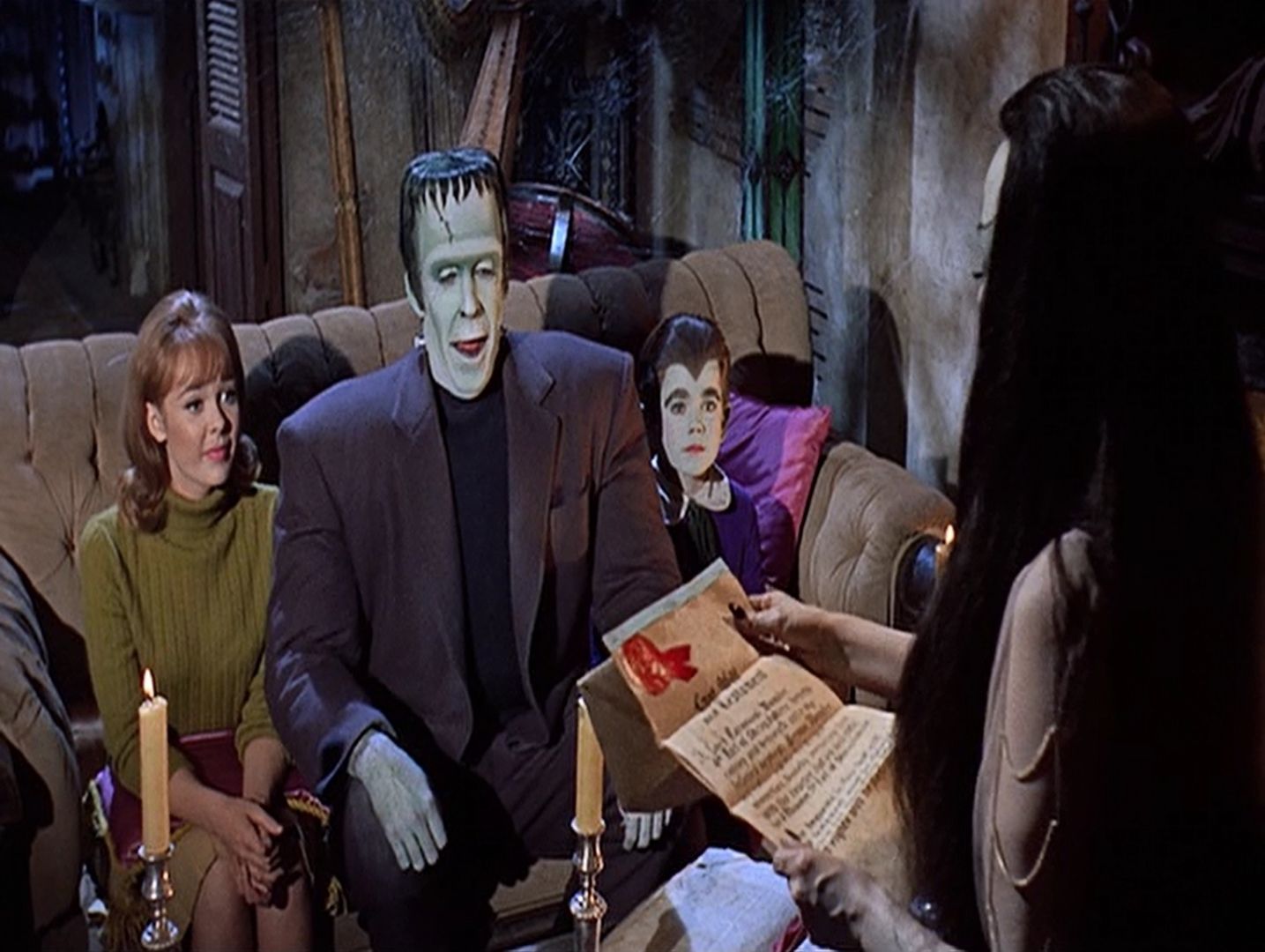TV URBAN LEGEND: The Munsters were brought for a motion picture AFTER the TV show was canceled following just its second season.
The history of Universal Television is a strange one. Universal Studio is one of the last remaining major studios still in existence from the Golden Age of Hollywood, but here's the truth about all of these studios that nominally still exist from those days, they're all only existing in their names, not the real meat of the studios (Disney, of course, is a notable exception). When studios would take financial hits in those days, they were so over-leveraged that it is shocking how easily they were taken over and many of these studios were gobbled up by some bizarre sources (Warner Bros, for instance, was eventually purchased by the same parking lot consortium that had previously purchased DC Comics). Decca Records had purchased Universal in the late 1940s. Universal then sold its Universal Studios lot to MCA for the use of MCA's Revue Studios, which had initially been formed to handle USO shows featuring MCA's musical artists (MCA was initially a talent agency before it expanded into production, as well). The newly named Revue Studios became a television production force, with Leave it to Beaver being its biggest success. Eventually, Decca and MCA merged and MCA then re-named Revue Studios back to Universal Studios, the better name (Universal is such a good name that despite the company being broken up a number of times over the years, the music version AND the film version both retained the name) in 1963, when Revue then became Universal Television.
One of the biggest sources of film success for Universal (which had always been a lean studio, only becoming a top of the line studio once MCA purchased it) was their monsters, specifically the iconic makeup designs of Jack Pierce, which were copyrighted by Universal (one of the most clever usages of intellectual property law around, as obviously the characters themselves are public domain, but their distinctive Universal look is copyrighted). Therefore, Universal Television was able to use those designs without licensing them and that was the basis for the satirical television sitcom called The Munsters, which launched in 1964.
The concept of the series was simple. Herman Munster (Fred Gwynne) was a Frankenstein's Monster who was married to Lily Munster (Yvonne De Carlo), a vampire. They lived together with Lily's father (Al Lewis), also a vampire, their son, Eddie (Butch Patrick), a Werewolf, and their niece, Marilyn (initially Beverly Owen and then Pat Priest), who was just an ordinary human. The shtick of the show is that while they were extremely unusual (they drove around in a hot rod/hearse called the Munsters Koach, but Grampa also had a dragster called the Drag-ula), they thought of themselves as just a typical American family. The show was initially conceived by legendary animator Bob Clampett as a cartoon, but Universal decided to do it as a live action series.
It was (you won't believe me, but this pun was not intended) a monster success, finishing in the top twenty in the ratings in its first season on CBS (tied with Gilligan's Island) and Herman and Grampa appeared in the Macy's Thanksgiving Day parade (Gwynne's makeup was brutal to put on and so Gwynne very rarely made any public appearances, as DeCarlo, Lewis and Patrick handled most of them, but he made an exception for the Thanksgiving Day parade. He later joked that he had to get drunk to get through the ordeal).
However, after just two seasons, the show was canceled. There has then been a great deal of confusion about the show's cancelation and what came next. From a Munsters fan site, "After the cancellation, the network couldn't ignore the continuing popularity of The Munsters. Thus a string of movies were created. They performed in Munster, Go Home shortly after. Later they did The Munsters Revenge."
The Munsters first film, in full color (the TV show was in black and white) debuted in the Summer of 1966, AFTER the show had been canceled (sadly, Debbie Watson, who had a deal with Universal Studios, took over the role of Marilyn for the film, so Pat Priest didn't appear in the film)!
Of course, though, we all know how film production works. The show was obviously not canceled BEFORE they did the movie. The film, about the cast traveling to England after Herman inherits a castle, was filmed during the show's second season. The producers did not know that the show was going to be canceled after just two seasons. The film was actually planned as a bit of an overseas sales pitch (hence its setting in Europe) as the show was set to be eligible for syndication after its second season (back then, seasons lasted longer, so the Munsters had 70 episodes in just two seasons, more than enough for syndication). However, two major things led to the show ending so soon.
The first, and most important, was that the ratings tanked. People often talk about how the show was still popular when it was canceled, but it had dropped from #18 to #61. And more importantly, that was its OVERALL average for the season. It dropped even further in the second half of the season, as ABC had debuted a new show opposite the Munsters called Batman and the Batman episodes that the Munsters got were the resolution episodes (Batman aired two episodes per week, with a cliffhanger at the end of the first episode. The setup episodes finished #10 for the season while the resolution episodes finished #5). So their ratings went into the toilet.
Not only that, but the movie had another purpose, and that was to show the Munsters in color...
You see, the 1966 TV season was the first one where every TV series was going to be produced in color. Black and white sets were still more common than color sets, but the future was obviously in color and so every primetime TV show on the three major networks were going to be in color starting in the fall of 1966. The problem for the Munsters was that the set was designed specifically for black and white. The costumes, the sets, everything was meant to look a certain way in black and white. Everything would have to be redone for color. Was it a prohibitive cost? Probably not, but it was still more money than Universal wanted to spend for a show that was tanking in the ratings and had already done enough episodes to be syndicated.
So the show ended and, to many people's surprise, it then became a smash success in syndication. There are certain shows that simply play better in the afternoon than they do at night and the Munsters were one of them (Brady Bunch and Star Trek are two other examples).
The legend is...
STATUS: False
Be sure to check out my archive of TV Legends Revealed for more urban legends about the world of TV.
Feel free (heck, I implore you!) to write in with your suggestions for future installments! My e-mail address is bcronin@legendsrevealed.com.




